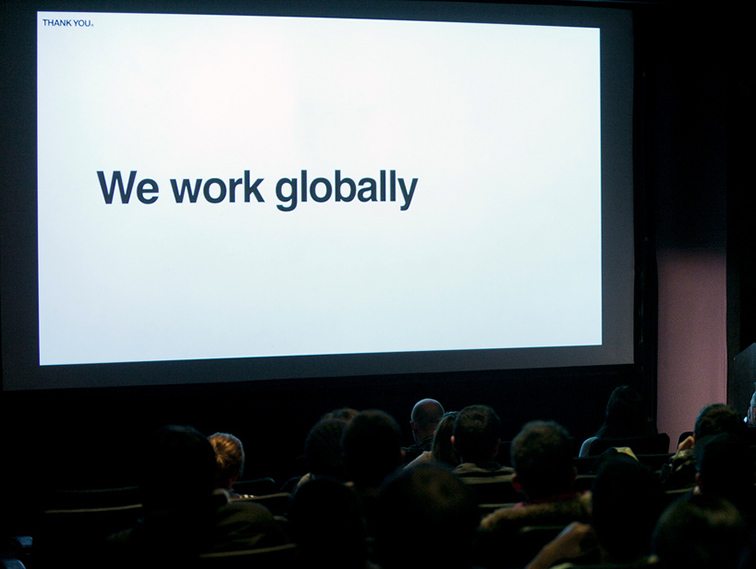Teaching Students To Process Social Change
by Dale Schlundt, M.A.
Everyone wants to create or promote some kind of change in the world.
We all want to feel like we have made a difference when we leave for good. Whether it is fighting hunger, poverty, human rights, or just making the world a better place in some small form. However, what and how to do so is the one of the questions that has plagued people throughout history. Even if we have what to do, the challenge of how to effect this desired change is at times, never ending.
One aspect that I try to instill in my students is that very little accomplished, is done so alone. As easy and convenient as that would be, that is making a lasting impact on society all by ourselves, realistically it is a long shot. I use the examples of Martin Luther King Jr. or even Jesus Christ. These are individuals we admire and look up to.
However, by themselves, their teachings are limited.
What made the difference? They had followers. They had the ability to inspire others to carry their message and essentially ensure the impact of that message through time. Hence, those of us that practice any kind of religion prove that conclusion over and over again.
Once a semester I have my students take me for a walk around whatever campus I am teaching at that particular semester. I tell them just show me around as a group and I ask one student to keep count of how many people simply notice us. Most students start off believing I just needed some fresh air that day or perhaps I am sick of history for the moment. Never the less, when we return to the classroom the number that was counted is typically surprising.
As I point out to my students, without even trying, look at the attention we received from individuals with no connection to us at all. No reason to take notice of us. Yet, the key was that we were a group, a mass, if you will. Considering I typically do this around the time we are studying the rise of labor unions as well as worker’s rights in the late 19th and early 20th century, the students begin to realize the idea that the attention we received was from nothing that we were doing in particular, but from the number in our group.
The effectiveness of any large gathering of individuals with a goal to achieve is an undeniable lesson. Yet, more important is a leader’s ability to inspire and mobilize that group. That is the key to any well-known figure in history, as well as our future generation’s leaders. Whether it was free thinkers such as John Locke, Lincoln, FDR, or Obama, it is typically not the individual’s actions the implemented the change.
By themselves they are ineffective. It was their ability to inspire followers, for a common goal to be nurtured and ultimately seen into fruition.
Dale Schlundt holds a Master’s Degree in Adult Education with a concentration in American History from the University of Texas at San Antonio. He is currently an Adjunct Professor for Palo Alto College, Our Lady of the Lake University, and Northwest Vista College. Dale has written two books, Tracking Life’s Lessons: Through Experiences, History, and a Little Interpretation and Education Decoded (A Collection of My Writings); image attribution flickr user vancouverfilmschool; Teaching Students The Process To Social Change

